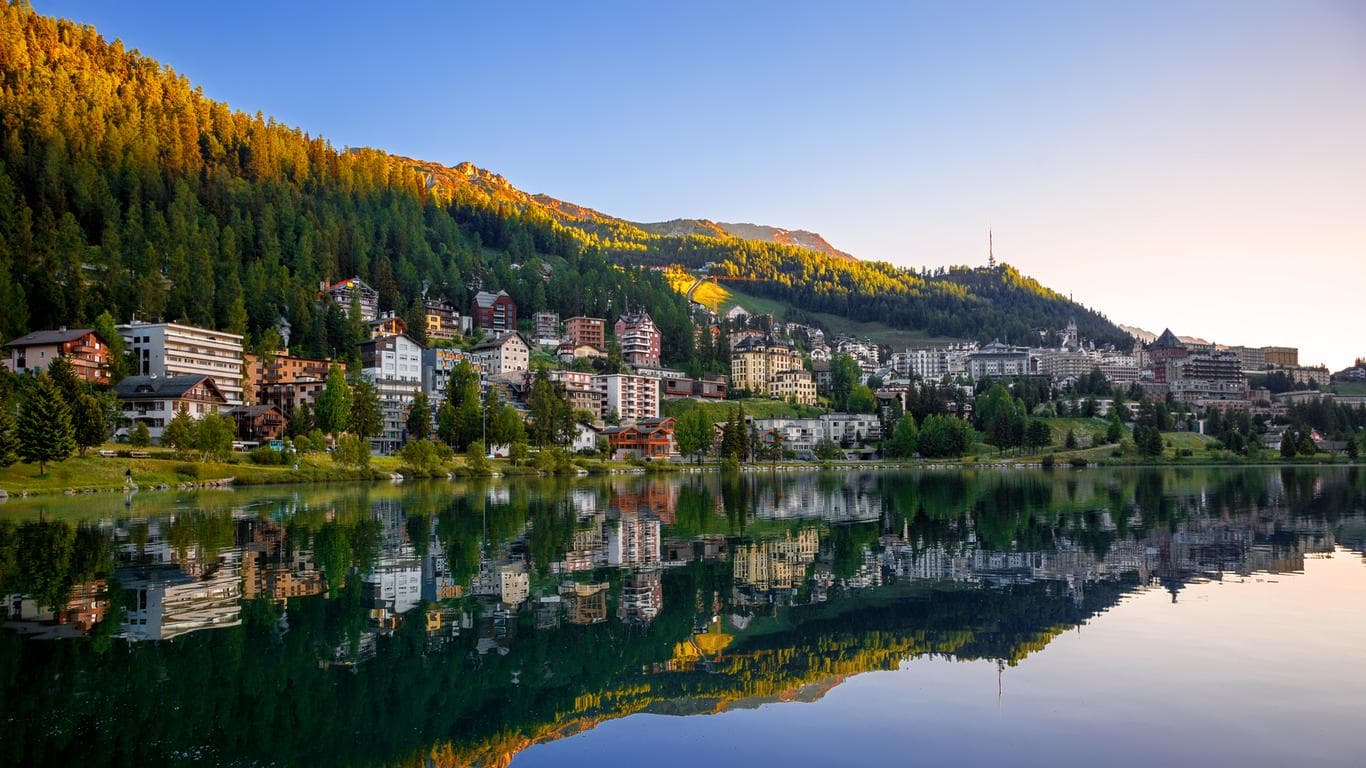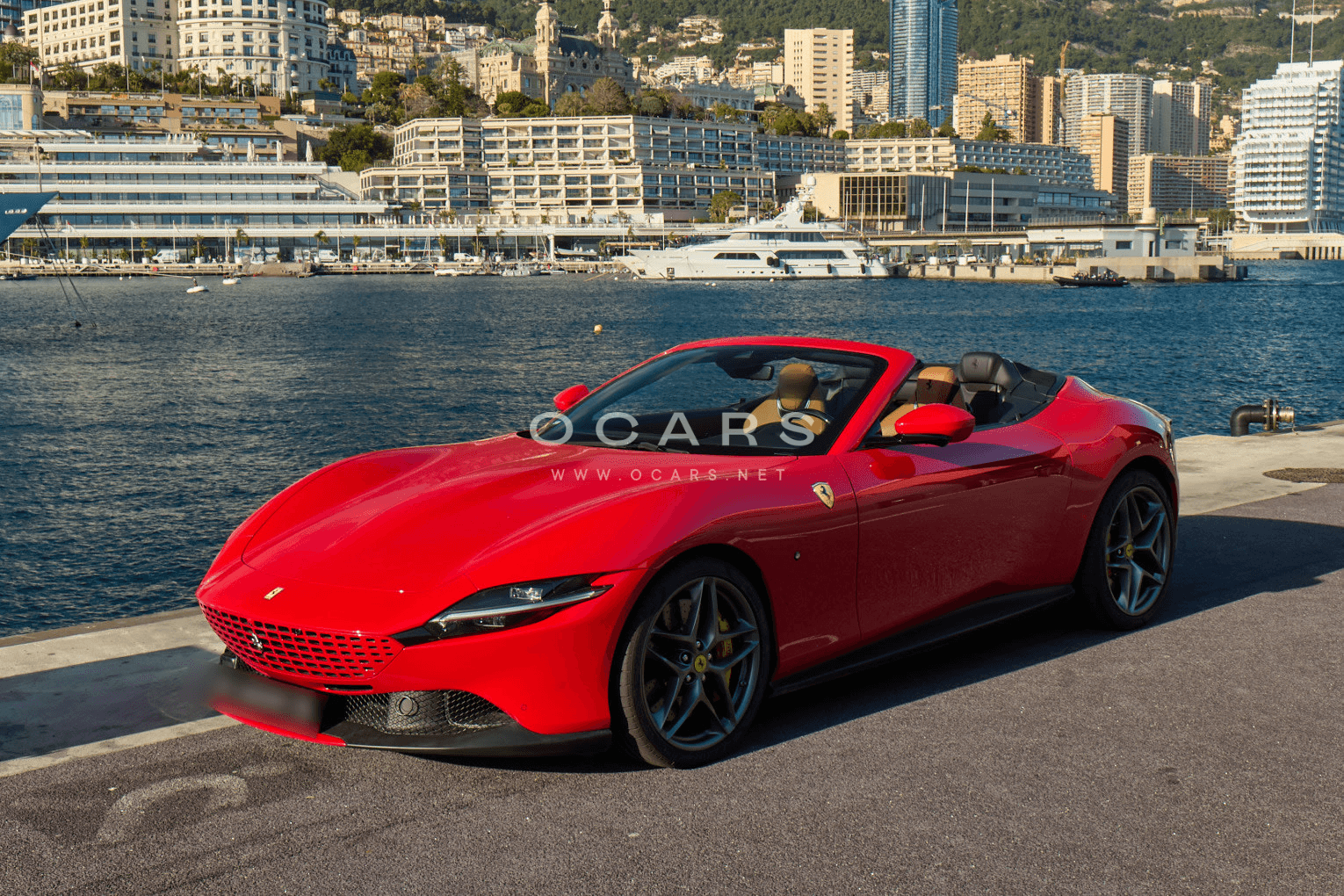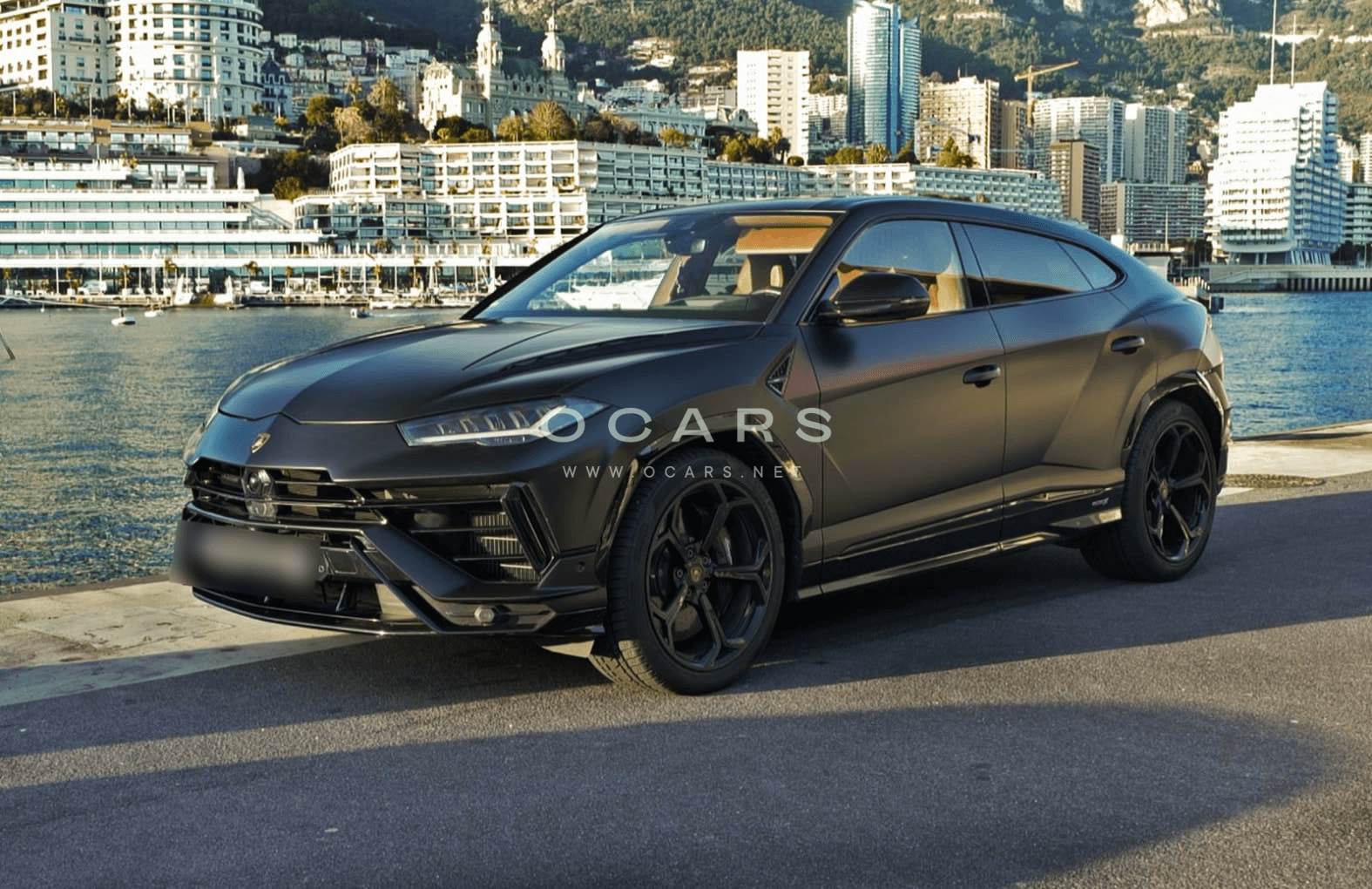Short on time, high on taste? These nine road trips pack Europe’s most rewarding tarmac into epic weekend loops. Each itinerary starts near an Ocars hotspot—Nice, Monaco, Milan, Paris, Marbella, Munich—so you can land, drive, and dine without losing a day to logistics.
Europe by Supercar: 9 Iconic Drives You Can Do in a Weekend
1) Côte d’Azur: The Three Corniches & Col de Turini (loop from Nice/Monaco)
Why it’s iconic: link the Lower/Middle/Upper Corniche balcony roads from Nice to Menton, then climb the legendary Col de Turini—an all-time Monte Carlo Rally stage—before dropping through Sospel back to the coast. The Corniches stack sea views over clifftop villages like Èze; Turini adds tight hairpins at altitude. The three Corniches (Basse, Moyenne, Grande) are the classic coastal trio; Turini tops out around 1,600 m and is a fixture of rally history.
Start/Finish: Nice or Monaco • Distance/Time: ~160–200 km, 5–7 hours driving, plus stops • Best months: year‑round on the Corniches; Turini can see winter conditions—check forecasts.
Car match: Ferrari Roma Spider for open‑top Riviera elegance; 911 Carrera S if you crave that precise front‑end on Turini switchbacks.
2) Andalusia: Marbella–Ronda–Grazalema White Villages
Why it’s iconic: the A‑397 from the coast to Ronda coils up the Serranía with fast, sighted sweepers; combine it with Grazalema’s limestone peaks and drop back via Zahara for a full “pueblos blancos” loop. The A‑397—temporarily closed earlier in 2025—was fully reopened to traffic on July 14, 2025, restoring one of southern Spain’s best driving roads.
Start/Finish: Marbella • Distance/Time: ~220–260 km, 5–6 hours • Best months: October–May for cool, clear air; summer heat demands early starts.
Car match: 911 Targa 4S (alt. to Carrera S) or the sure‑footed Lamborghini Urus S if you’re traveling with company.
3) Paris to Champagne: Grand Cru Cellars by Car
Why it’s iconic: in ~1h40 you’re in Reims; base yourself in Épernay to thread the Route Touristique du Champagne past vineyards and chalk cellars. Perfect blend of A‑road blast and unrushed cellar visits. The Paris–Reims drive is roughly 140–150 km; the Champagne Tourist Route is an official network around Reims/Épernay.
Start/Finish: Paris • Distance/Time: 300–350 km total over two days • Best months: May–October (harvest ambience late Aug–Sep).
Car match: Mercedes‑Benz S‑Class if you’ll be chauffeured between tastings; otherwise the 911 Carrera S keeps things crisp between villages.

4) Milan–Lake Como–Bernina Pass–St. Moritz (big‑view loop)
Why it’s iconic: morning espresso on Como, lunch above glaciers on the Bernina (one of the few major passes generally kept open in winter), aperitivo in St. Moritz, then back via Chiavenna. The Bernina Pass (Route 29) is a year‑round alpine artery, conditions permitting.
Start/Finish: Milan • Distance/Time: ~360–420 km, 7–8 hours driving • Best months: May–October for warm lake days; winter feasible with proper tires when weather allows.
Car match: Roma Spider for Como shores; swap to Urus S if forecast hints at snow.
5) Swiss Alps: Furka–Grimsel–Susten “Trilogy” (from Andermatt)
Why it’s iconic: three high passes form a cloverleaf of view‑drunk tarmac; link them into a single day that feels like three. These roads typically open late spring to early autumn, varying by snowfall—always check current status.
Start/Finish: Andermatt (easy pickup via Munich + transfer) • Distance/Time: ~120–160 km, 4–6 hours pure driving • Best months: late June–September for full trio; shoulder months can see closures.
Good to know: Swiss motorways require a vignette (now also available as an e‑vignette). If you’ll touch the autobahn to position for the pass loop, make sure you’re covered.
6) Austria: Grossglockner High Alpine Road (from Zell am See)
Why it’s iconic: engineered viewpoints, perfect camber, and Austria’s highest peak on the horizon. This is a toll scenic road that is usually open from early May to early November; plan your dates accordingly and don’t confuse the road toll with Austria’s separate motorway vignette requirement.
Start/Finish: Zell am See/Heiligenblut • Distance/Time: ~130–160 km out‑and‑back or loop, 4–5 hours • Best months: July–September for the steadiest weather.
Car match: 911 Carrera S for flow; Urus S if you’re four‑up with luggage.
7) Amalfi Coast: Positano–Amalfi–Ravello (base in Sorrento)
Why it’s iconic: the SS163 is a carved‑into‑the‑cliff postcard. In peak season local authorities have enforced odd/even license‑plate access calendars on parts of the Amalfi Drive to reduce congestion—check the current ordinance before you go. Parking is scarce in the historic cores; use valets.
Start/Finish: Sorrento • Distance/Time: ~80–120 km with spurs to Ravello, 4–5 hours plus photo stops • Best months: April–June, late September–October; avoid midday peak in July–August.
Car match: Roma Spider for those golden‑hour tunnels; keep dimensions in mind on tight village streets.
8) Germany’s Black Forest High Road (B500): Baden‑Baden to Freudenstadt
Why it’s iconic: the Schwarzwaldhochstraße (B500) rides a ridgeline through dark pines and open moorland with lake stops like Mummelsee. It’s one of Germany’s oldest tourist roads and a quintessential weekender.
Start/Finish: Baden‑Baden • Distance/Time: ~65 km one way (plan a loop via the valleys), 2–4 hours with stops • Best months: May–October; winter can bring fog/ice at altitude.
Car match: 911 Carrera S—balance and compliance over long, flowing sections.
9) Romania’s Transfăgărășan: Wall‑to‑Wall Switchbacks (base in Sibiu)
Why it’s iconic: the DN7C drapes over the Făgăraș range with stacked hairpins up to Bâlea Lake (~2,042 m). It’s typically closed in winter and open late spring to autumn; the exact window varies annually with snow.
Start/Finish: Sibiu (or Bucharest with an early start) • Distance/Time: ~150–200 km including approach roads, 5–6 hours • Best months: July–September for full road access.
Car match: Urus S for grip and ground clearance if surfaces are weathered; drivers’ purists will still love the 911 on the clean sections.
Before You Go: Quick Rules That Save Weekends
Motorway vignettes & tolls: Switzerland requires a vignette for motorways (available as an e‑vignette); Austria requires a separate digital or sticker vignette for autobahns. Some scenic roads (e.g., Grossglockner) also have their own tolls.
Low‑Emission / limited‑traffic zones: French cities increasingly use Crit’Air categories for access; Italy’s camera‑enforced ZTLs are widespread in historic centers. Plan hotel parking on the edge of restricted zones or pre‑register access where allowed.
Seasonality: high alpine passes (Furka/Grimsel/Susten) and Austria’s Grossglockner are seasonal. Always confirm current status the week you travel.
How to Use This Guide
Choose your base (Nice, Monaco, Milan, Paris, Marbella, Munich), pick the right car for the road and group size, and book delivery to your hotel or airport via your chosen Ocars location page above.
Pack smart: two soft bags fit far better than one hard case in supercars; the Urus S is your friend if you need more room.
Time it: hit cliff roads (Corniches, Amalfi) early and mountain passes mid‑morning after local traffic clears and before afternoon storms build.
Book the Right Car for the Right Weekend
Driver’s weekend, any weather: Porsche 911 Carrera S.
Riviera long lunches & golden‑hour tunnels: Ferrari Roma Spider.
Alpine passes with friends and luggage: Lamborghini Urus S.
Make it a reality
Tell us your landing city and dates; we’ll line up delivery and route notes tailored to current road status and local restrictions so your weekend is all drive, zero admin.


